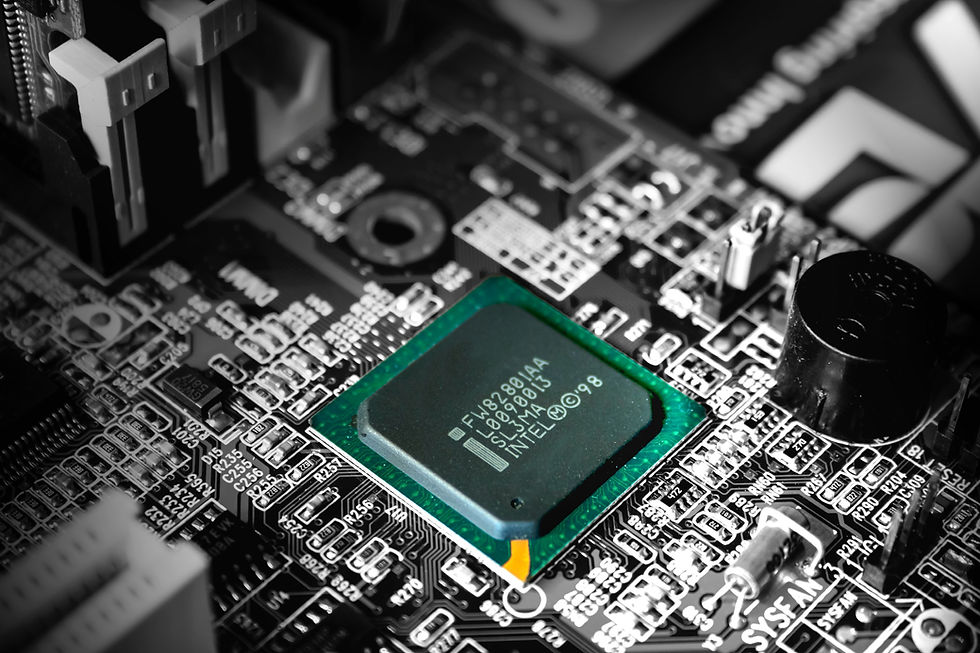Understanding Software: Operating Systems and Application Software
- Kirk Carlson
- Jul 20, 2023
- 2 min read

Understanding Software: Operating Systems and Application Software
While hardware serves as the physical components of a computer, software is the intangible element that tells the hardware what to do and how to do it. The software can be broadly categorized into Operating Systems and Application Software.
1. Operating Systems
The operating system (OS) is a computer's most important piece of software. It serves as the intermediary between the user and the hardware, managing and controlling the execution of all other software. The OS performs several crucial functions, including:
Resource Management: The OS allocates hardware resources, such as CPU time, memory space, and disk storage, to different programs and applications running on the computer.
File Management: The OS oversees storing, retrieving, and manipulating files on a computer's storage devices.
Security: The OS is responsible for maintaining the security of a computer system, protecting data from unauthorized access, and ensuring the system is safe from malicious software.
User Interface: The OS provides an interface that allows users to interact with the computer and run applications. This can be a graphical user interface (GUI), like those seen in Windows, MacOS, and many versions of Linux, or a command line interface (CLI), which requires typed commands.
2. Application Software
Application software, also known as an application or an "app," is a program designed to help users perform specific tasks. Unlike the OS, which runs in the background and is necessary for the system to function, applications are generally run by the user to perform duties of their choosing. Applications can be broadly categorized into:
Productivity Software: These are applications like Microsoft Office Suite (Word, Excel, PowerPoint), which allow users to perform work-related tasks such as document creation, spreadsheet calculations, or presentation design.
Media Software: This category includes applications for creating, editing, viewing, and streaming media content. Examples include Adobe Photoshop for image editing, VLC Media Player for video playback, and Spotify for music streaming.
Communications Software: This includes applications used for communication purposes, such as email clients (Outlook), instant messaging apps (WhatsApp, Slack), and video conferencing tools (Zoom, Microsoft Teams).
Internet Browsers: Software like Google Chrome, Firefox, and Safari are used to access the World Wide Web.
Games: Video software, from small mobile games to massive online multiplayer games.
Understanding the role of operating systems and application software is fundamental to appreciating how computers function and serve us in our daily activities. While the OS makes the computer's hardware accessible and valuable, application software enables us to perform various tasks, from writing a report to editing a photo to chatting with friends halfway around the world.





Comments